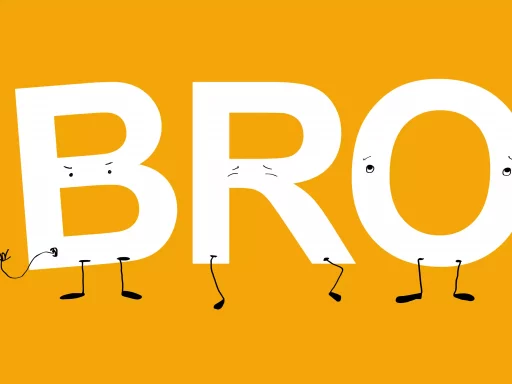Understanding Snapchat Features
Snapchat, a popular multimedia messaging app, has generated a unique language and set of symbols that users need to understand in order to effectively communicate through the platform. One of the most commonly discussed aspects of Snapchat is the signal denoted as ‘X’, which can lead users to wonder if it indicates that they have been blocked by another user.
What Does ‘X’ Represent on Snapchat?
The ‘X’ symbol on Snapchat is often used to convey different meanings depending on the context. It is essential to first differentiate between ‘X’ symbols in various scenarios:
- X on Snap Map: If you see ‘X’ on the Snap Map, it may indicate that the user is not currently sharing their location with you.
- X on Stories: An ‘X’ near a story indicates that you cannot view that person’s story, potentially due to them blocking you or simply choosing not to make it visible.
- X in Chats: If an ‘X’ appears next to a chat message, it typically represents that the message has been unsent or deleted.
In short, the ‘X’ symbol has several implications and doesn’t solely imply that you have been blocked.
Does ‘X’ Mean You’ve Been Blocked?
The presence of an ‘X’ might raise red flags that you’ve been blocked, but it’s essential to look at other potential indicators as well. Below are signs that may suggest whether you have indeed been blocked:
- Changes in Snap Score: If you were previously receiving snaps or interactions and notice a sudden halt, this might mean you’ve been blocked.
- Inability to View Stories: If you can’t view a user’s stories despite previous access, this could indicate blocking.
- No Profile Picture or Snap Score: If their username still appears but you can’t see any profile picture or snap score, they might have removed you or blocked you.
- Messages Unsent: Seeing ‘X’ on your chat messages could mean these were unsent, which might be a sign they no longer wish to communicate.
It’s important to perceive these signs collectively rather than relying on a single indicator, as the X itself can be misleading.
Statistics on Blocking and Online Communication
Understanding the extent of blocking behavior on social media can shine a light on common practices. According to a study by Pew Research Center, approximately 47% of social media users said they have blocked someone at least once. This reflects a growing trend where users aim to manage their online interactions more actively. Furthermore, Snapchat’s unique and private messaging format could contribute to people feeling more inclined to block users they prefer not to communicate with.
Case Studies: Real-Life Experiences
Many Snapchat users are left puzzled when they suspect they’ve been blocked. Here are two case studies illustrating the confusion:
Case Study 1: Anna’s Dilemma
Anna frequently communicated with her friend Kayla through Snapchat. One day, Anna noticed that she could no longer view Kayla’s stories, and there was an ‘X’ next to their previous messages. Initially, Anna assumed she had been blocked, resulting in anxiety over her friendship. After reaching out via a phone call, she discovered Kayla had simply changed her privacy settings and hadn’t blocked anyone.
Case Study 2: Mark’s Revelation
Mark was friends with Ryan on Snapchat and often exchanged messages. Mark noticed he could no longer see Ryan’s updates and that his chat messages displayed an ‘X’. This time, Mark aligned the indicators, and after weighing the evidence, he reluctantly accepted that Ryan had blocked him without any warning. This experience can be common but also emphasizes that conversations outside of the app can clarify misunderstandings.
Conclusion: Communication is Key
While the ‘X’ symbol on Snapchat may create confusion regarding blocking, it is critical to look beyond the surface. By examining a combination of indicators, users can better determine if they have been blocked or if they are just encountering a temporary glitch or privacy issue.
Ultimately, clear communication is essential in the digital age. If you suspect that you have been blocked, consider reaching out through other means to clarify the situation instead of jumping to conclusions.






